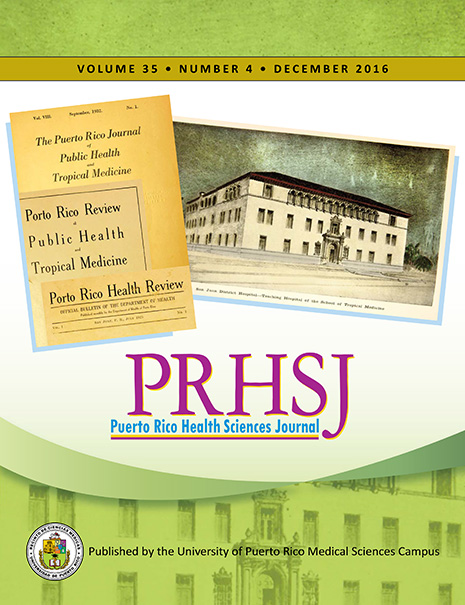Abstract
Objective: Specific inherited disorders may be more common in island communities. Prior case reports suggest that cholestatic liver diseases may constitute a group of these inherited disorders in Puerto Rico. A cross-sectional survey of liver diseases in children was conducted to assess this hypothesis. Methods: A cross-sectional analysis was performed in patients with chronic cholestasis at “Hospital Pediátrico Universitario” in San Juan, Puerto Rico. Ten potential participants with high gamma-glutamyl transpeptidase (GGTP) cholestasis were identified. Therapeutic response to ursodeoxycholic acid (UDCA) was assessed by the examination of alanine aminotransferase (ALT) and GGTP changes. Results: Four participants, who were under 1 year of age, presented with pruritus, abnormal liver biochemistries, and/or hepatomegaly. Older patients had similar presentations but also had splenomegaly, jaundice, and/or esophageal varices. Three had progression of liver disease, 2 required liver transplantion after partial external biliary diversion. The third patient developed hypersplenism despite having a normal liver profile on UDCA. Six of 10 patients had normalization of their liver profiles (ALT<40 IU/L; GGTP<100 IU/L) after UDCA administration (before: ALT = 182 ± 61 and GGTP = 353 ± 192; after: ALT = 30 ± 15 and GGTP = 21 ± 13; p-value<0.001) Conclusion: The response to UDCA in a sub-group of patients in Puerto Rico with high GGTP cholestatic liver disease is described. The findings suggest the possibility that ABCB4-related disease is an important genetic disorder in Puerto Rico. Future investigations utilizing the genome sequence are important to the further understand liver disease in Puerto Rico.
Authors who publish with this journal agree to the following terms:
a. Authors retain copyright and grant the journal right of first publication with the work simultaneously licensed under a Creative Commons Attribution License that allows others to share the work with an acknowledgement of the work's authorship and initial publication in this journal.
b. Authors are able to enter into separate, additional contractual arrangements for the non-exclusive distribution of the journal's published version of the work (e.g., post it to an institutional repository or publish it in a book), with an acknowledgement of its initial publication in this journal.
c. Authors are permitted and encouraged to post their work online (e.g., in institutional repositories or on their website) prior to and during the submission process, as it can lead to productive exchanges, as well as earlier and greater citation of published work (See The Effect of Open Access).
